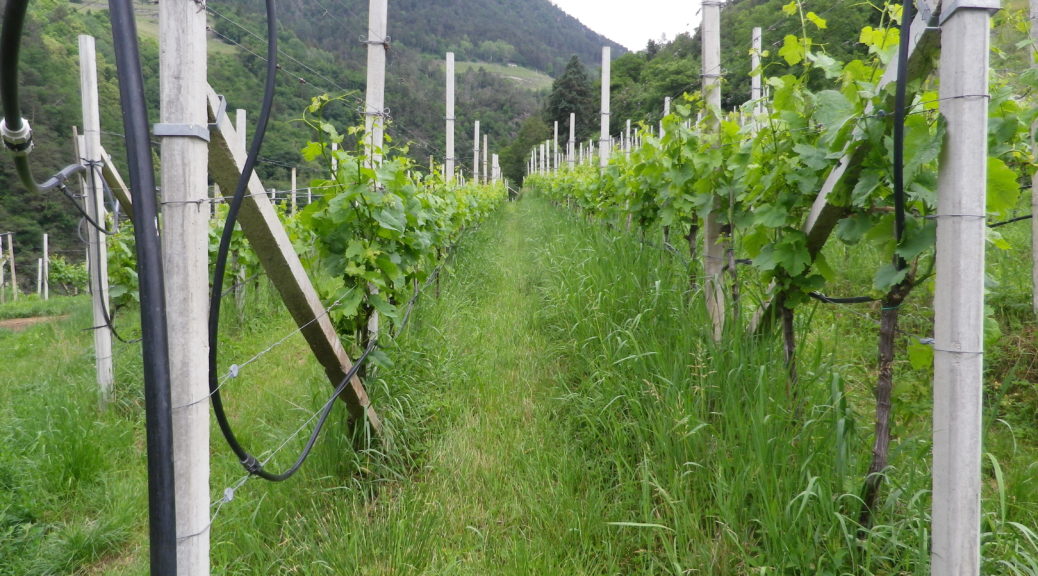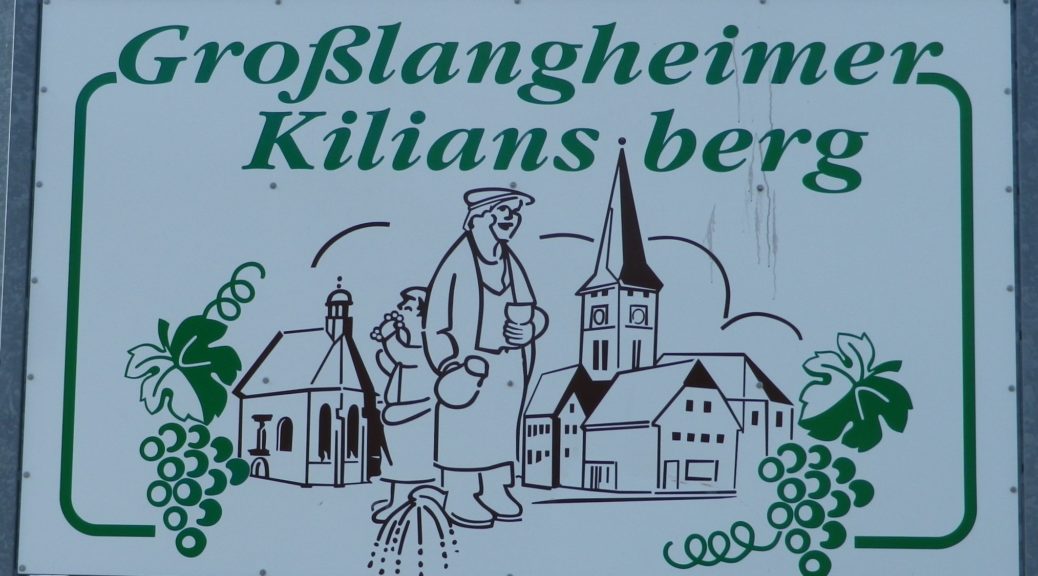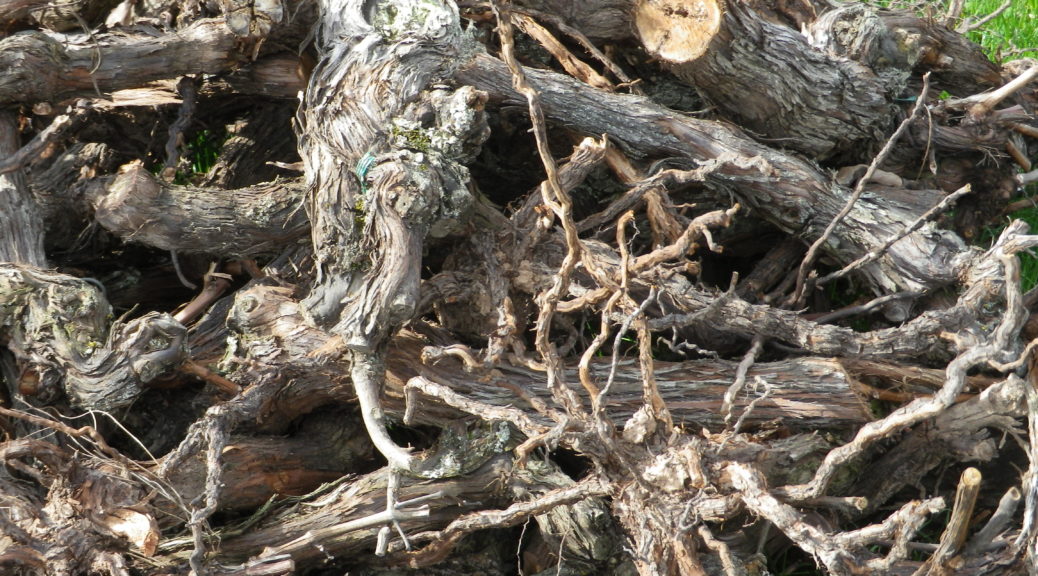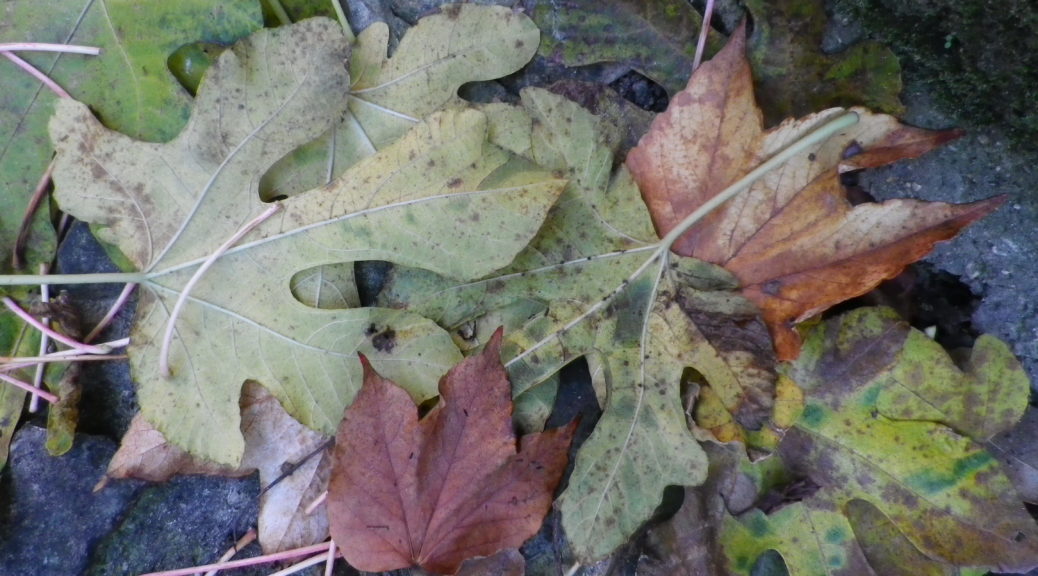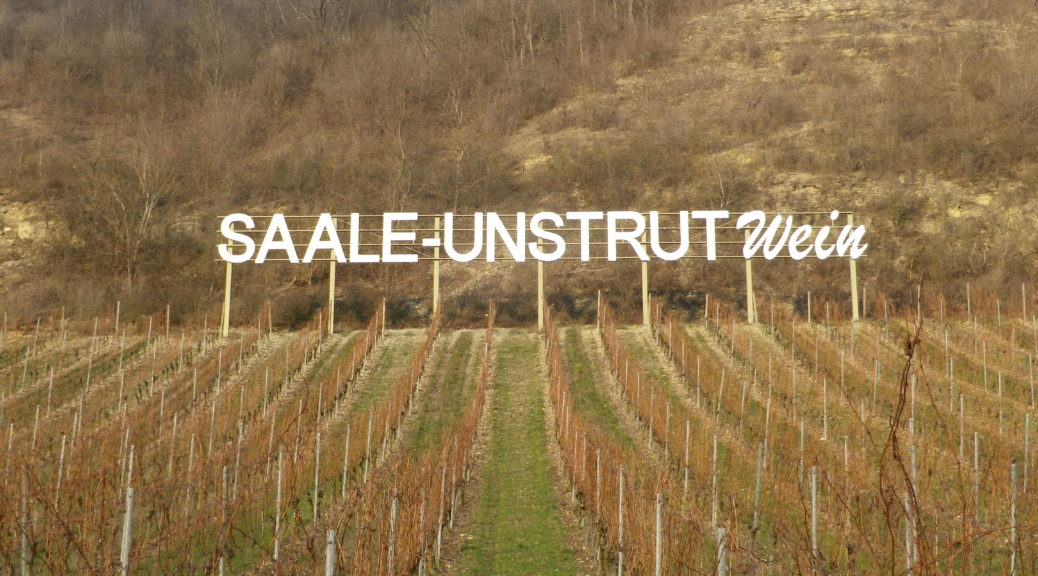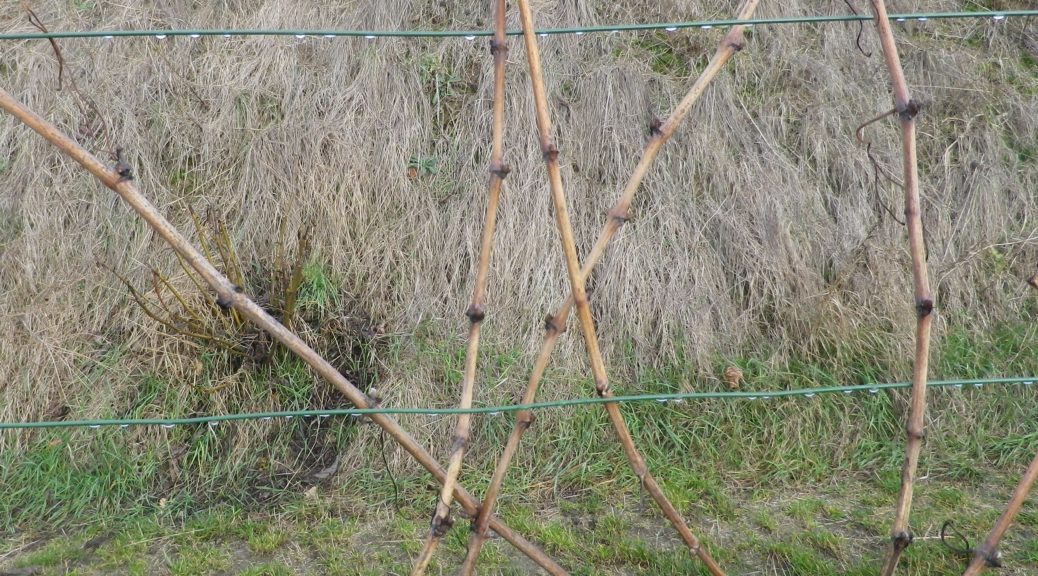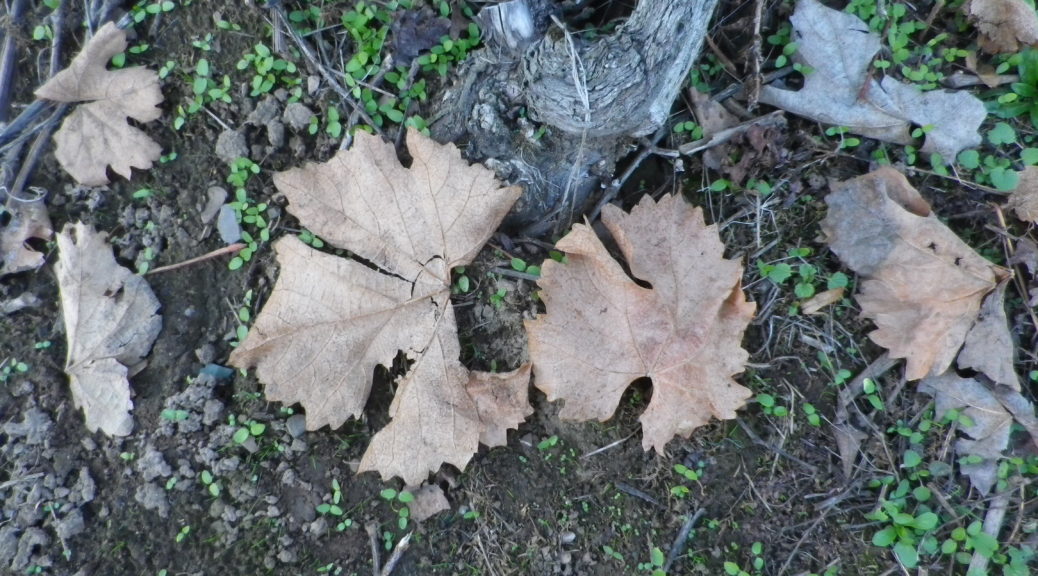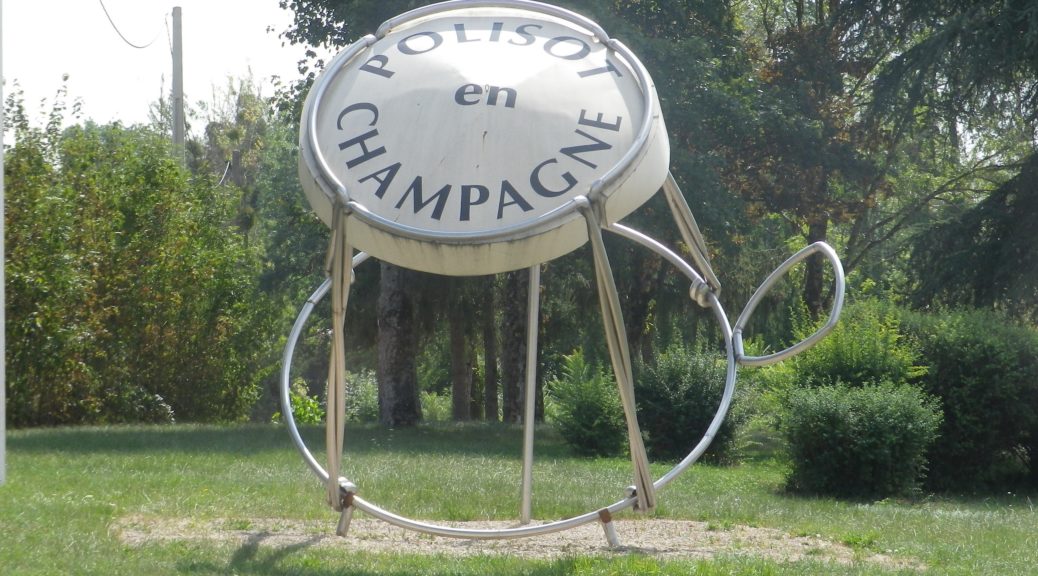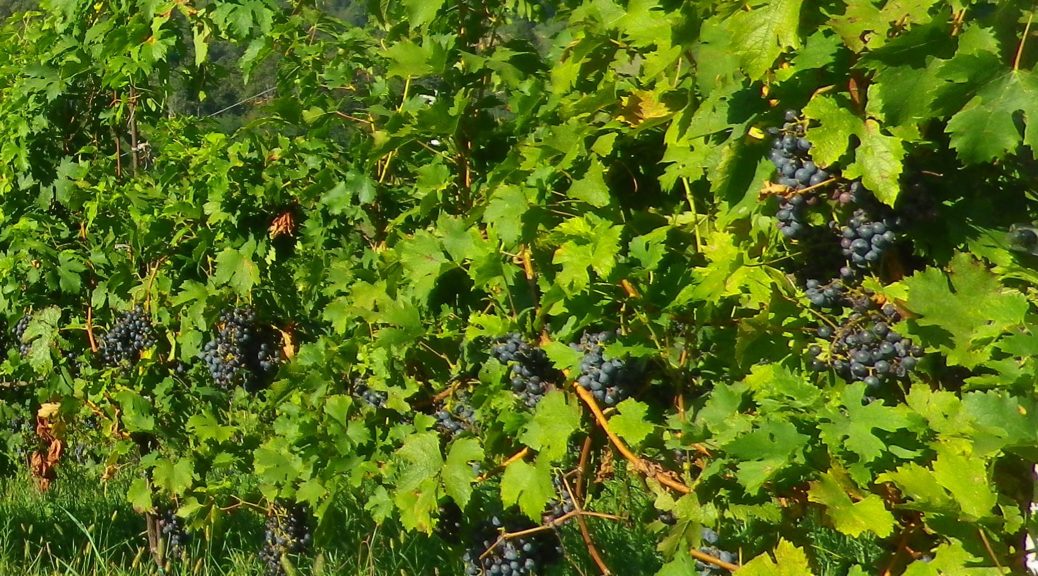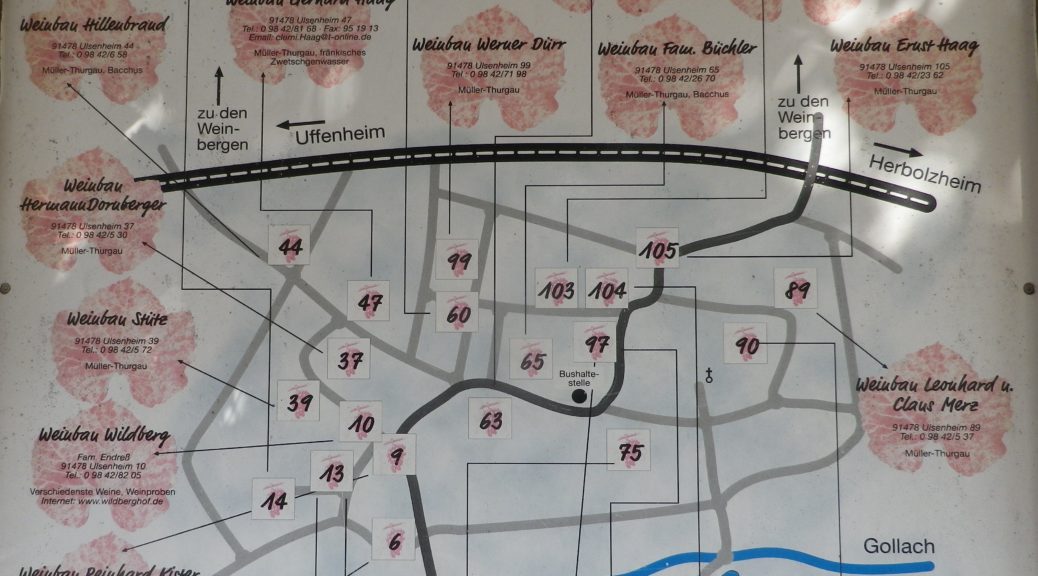What I Learned
Welcome to Italy – although culturally and linguistically, you are in a Germanic cultural sphere. (This area was controlled by Austria for hundreds of years after the fall of the Roman Empire, until the end of World War I.) The wine region of the Suedtirol (Alto Adige, as the Italians further south call it), is one of the great wine regions in Italy. It has a number of districts, and this one, the Eisacktal wine district is particularly interesting. Its vineyards lie on very steep slopes following along the narrow Eisack (Isarco) River valley as it flows south from its source near the Italian-Austrian border. This district has less than 400 hectares devoted to vineyards, on mostly south-facing slopes, most of the way to Bozen (Bolzano), where the Eisack joins the Etsch (Adige) River. However, some of the best are around Klausen (Chiusa), on the slopes south (and below) Saebens, an ancient monastery.
While there are some red wines, about 90% of the wine from here is white wine. White grapes do particularly well in this district’s relatively cool weather. Sylvaner (yes, sometimes with a Y in this area), Veltliner, Mueller-Thurgau, Kerner and Gewuerztraminer are the main white varietals. The resulting wines are crisp, fruit forward, and deliciously refreshing.
